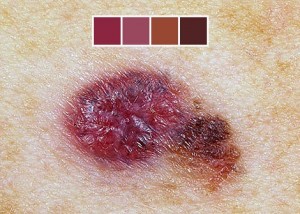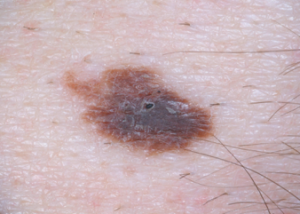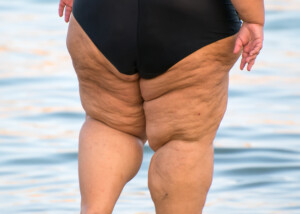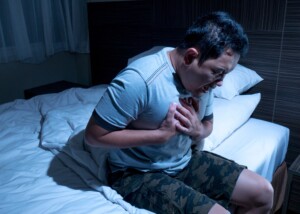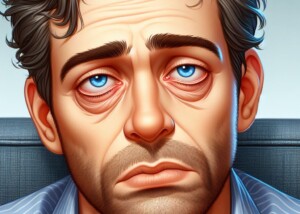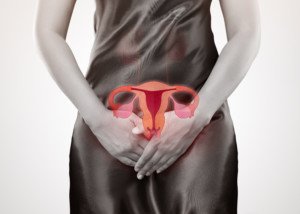Edge of Longstanding Mole Is Coming Away from Skin: Melanoma?

The mole has been there since you could remember, when suddenly an edge of it has started to come away from the skin. (more…)
Swimming After Embryo Transfer: Fertility Doctor’s Guidelines
There is a period of time after an embryo transfer during which a woman should avoid swimming.
This is why she should not schedule the embryo transfer in close proximity to a vacation during which she knows she’ll want to get into the water.
“I recommend no swimming until pregnancy test is done around day 9 after day 5 transfer,” says Ralf Zimmermann, MD, medical director of Neway Fertility, one of NYC’s leading fertility centers specializing in customized and affordable natural fertility treatments.
Dr. Zimmerman adds that he has never come across any studies that specifically address swimming guidelines after an embryo transfer. Nevertheless, a woman should play it safe until the pregnancy test.

Ralf Zimmermann, MD
Neway leverages state-of-the-art techniques to achieve the highest pregnancy rates in the United States. Neway, founded in 2011, is the first fertility center in the U.S. to deliver over 10 babies using IVM, a groundbreaking fertility treatment requiring little to no medication. Neway specializes in IVF, IVM, natural cycle IVF, IUI, genetic testing and more.
 Lorra Garrick has been covering medical, fitness and cybersecurity topics for many years, having written thousands of articles for print magazines and websites, including as a ghostwriter. She’s also a former ACE-certified personal trainer.
Lorra Garrick has been covering medical, fitness and cybersecurity topics for many years, having written thousands of articles for print magazines and websites, including as a ghostwriter. She’s also a former ACE-certified personal trainer.
.
Top image: Freepik.com.
Can CT Scan of Ovary and Pelvic Area Damage Eggs?

Are you trying to get pregnant, need a CT scan of the pelvic area and are worried the radiation will damage the eggs in your ovaries? (more…)
What Is Transitional Sleep Apnea?

The transitional form of sleep apnea is alarming and frightening, making people think they’ll need a CPAP machine for the rest of their life.
(more…)
What Do Inverted Nipples on a Baby Mean?

Perhaps you know that new-onset inverted nipples in a woman can signal breast cancer, but what’s going on when a baby is born with inverted nipples? (more…)
Can Preschoolers Be Trained not to Shriek when Talking?

Do you find the shrieking loud speech habits of your preschooler getting harder to tolerate with each passing day? You do not have to put up with this.
Can a Two Year Old Get Non-Melanoma Skin Cancer?

Just how likely can a two year old ever get skin cancer of the non-melanoma type?
The two types that are strongly associated with sunlight exposure are squamous cell carcinoma and basal cell carcinoma. (more…)
Baby Briefly Passes Out After Hitting Head: Doctor’s Advice

If your baby gets hit in the head and briefly passes out, yet there are no other symptoms once the baby comes back around, this is a situation that should never be blown off.
So what should a parent do? (more…)
Could the Family Dog in the House Cause Infertility?

You may be trying to conceive (TTC) for such a very long time without success, and begin to wonder if your own dog is the cause of your infertility. (more…)
Does Painful Ovulation Mean the Egg Has Been Released?



